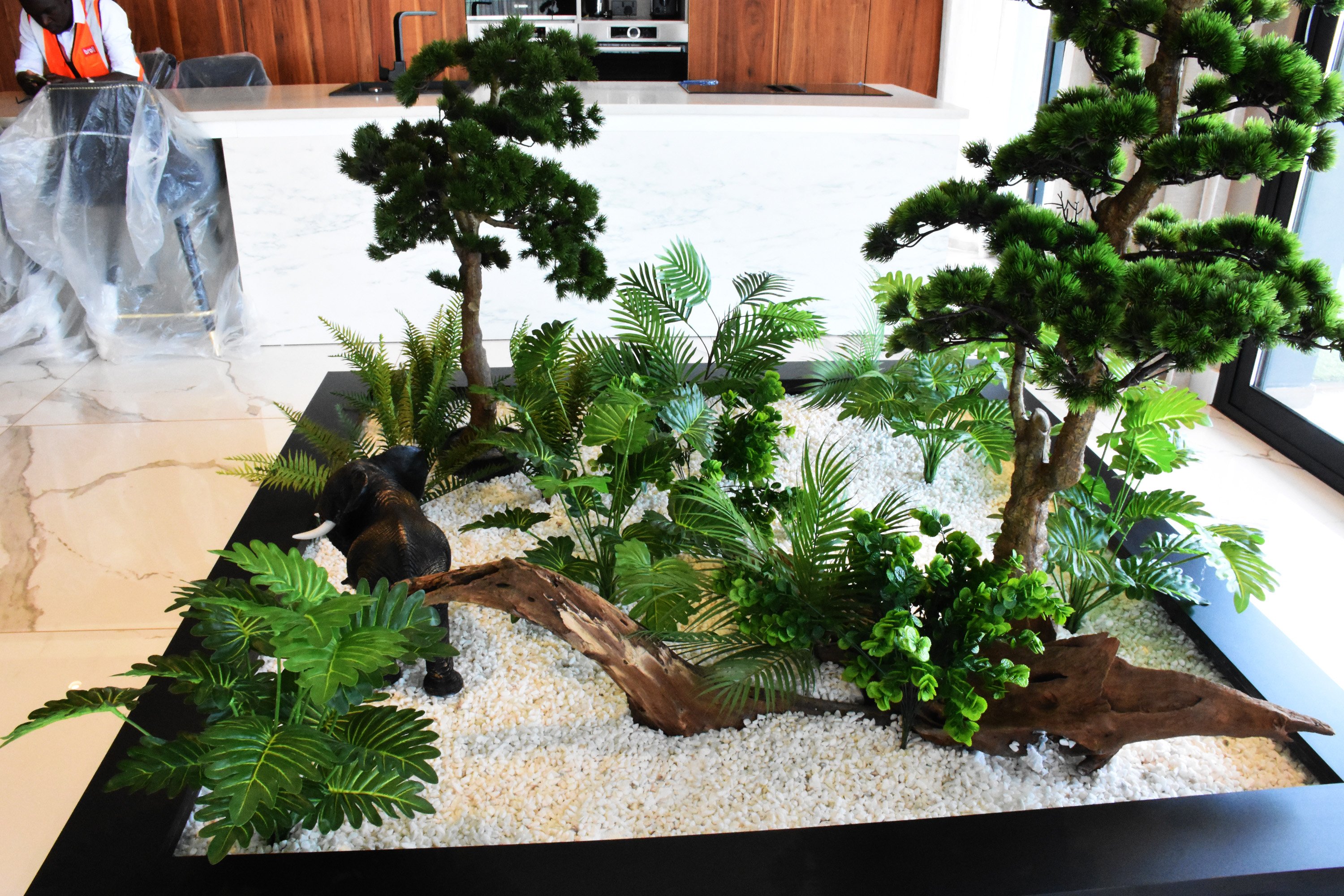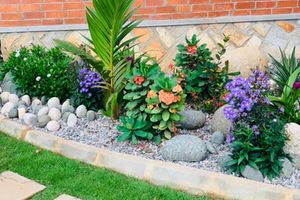
Adding a lotus pond to your landscape enhances its beauty and tranquility, creating a serene atmosphere that promotes relaxation and contemplation.
The lotus pond offers a serene sanctuary for relaxation and communion with nature. Its tranquil ambiance makes it an ideal choice for those seeking to create a private oasis in their backyard. Designing a lotus pond presents a myriad of possibilities, allowing you the freedom to discover the ideal configuration to suit your preferences. Factors such as size, shape, and layout are pivotal considerations in this endeavour. Additionally, you have the flexibility to select from an array of materials and styles to construct your pond, ensuring it aligns seamlessly with your vision.
Some of the factors to consider include:
Creating a pond in your yard can be a beautiful and relaxing experience. There are many things to consider when designing a pond, such as the size, shape, and location. Some of the factors you may want to consider include:
Location: A pond should be placed in an area that has plenty of sunlight and shade.
Shape: A pond should have a specific shape to make it aesthetically pleasing.
Size: A small or large pond can be ideal depending on your needs.
Considerations
When integrating a lotus pond into your landscape, there are several approaches to consider. Begin by assessing the size of your pond. A spacious pond is ideal for cultivating lotuses, yet if space is limited, a smaller pond with a container garden can serve as an alternative. The configuration of your pond also holds significance. A rectangular or oval shape is well-suited for nurturing lotuses, while opting for a circular or curved design offers a distinctive touch.
Maintenance
Maintaining your lotus pond is crucial for the health and aesthetics of your lotus plants. A fundamental aspect of upkeep involves ensuring the water remains clean, a task efficiently managed through the use of a reliable filtration system. With a variety of filters available, thorough research is essential to select one that aligns with your specific requirements.
Additionally, regular removal of fallen leaves and flowers from the water’s surface is vital. This practice not only promotes cleanliness but also prevents algae accumulation. Whether employing a net or simply using your hands, this proactive approach ensures a pristine environment for your lotus pond.
Light and heat
Lotus plants thrive best in full sunlight, though they can handle some shade in warmer regions. However, they grow and bloom best with plenty of sunlight. In hot desert areas, it’s helpful to provide shade with cloth. Lotus plants need temperatures of at least 75 degrees Fahrenheit consistently for three months to grow well and bloom. This warmth is essential for their health and flowering.
Potting
Standard lotus plants can grow up to five inches tall or more. To encourage their growth and maximize blooming, they should be planted in containers that are at least two inches wide. People often use plastic or ceramic pots on their deck or patio, while others prefer bathtubs or small pre-formed ponds in their gardens. Some create a separate pond above the main one, filled with pea gravel and lotus plants, which acts as a natural filter. When using lotus in the main pond, choose a container without holes that are wider than it is tall.
Use good garden soil with low organic content, such as sandy or clay soil. About four inches of soil is sufficient, allowing space for the soil to rise as the plant develops runners and tubers. For smaller lotus cultivars, containers about two inches wide and seven inches deep are suitable. Dwarf lotus can tolerate smaller containers but will thrive better in larger ones, around 24 inches wide.
Transplanting lotus into a larger pot is easiest when the plant is just starting to grow actively. However, if you have recently acquired a lotus that is already growing well, it is best to transplant it now. A larger pot supports better performance and winter survival. Simply place the lotus and its current pot into the larger pot.
Gently insert your hand between the smaller pot and the root mass of the lotus. With one hand gently gripping the root mass and pulling it, use your other hand to lift and remove the smaller pot. This method minimises stress on the roots. Position the root mass in the center of the larger pot, add fertilizer at the bottom, and gently fill around the roots with soil until the level matches that of the old pot. If some leaves don’t stand upright, you can use string for support, but new leaves will grow vertically and stable.
Planting lotus loose in ponds
Lotus plants thrive when they can spread freely, often filling the entire pond. If you prefer a balanced pond with open water areas and other aquatic plants like water lilies, it’s best to keep lotus plants contained. Use containers without holes, although sometimes runners may still grow out and need trimming to keep them in check.
Water depth
Ensure that the soil in the container is submerged under at least two to four inches of water at all times. This keeps the soil consistently underwater. Standard lotus plants, which are taller, can grow in water as deep as 18 inches or more, but this requires more energy. During the hot seasons, lotus plants benefit from the additional warmth provided by shallow water. Dwarf lotus plants, on the other hand, should be cultivated in water depths ranging from two to 12 inches.
Lotus plants can thrive in various water conditions, but if your water supply is highly alkaline and mineral-rich, growing lotus in above-ground pots may lead to a harmful buildup of minerals in the water over time. When water evaporates, minerals remain, and each refill adds more minerals.
To prevent this, it is crucial to occasionally flush the pot with fresh water when refilling to replace evaporated water. This practice helps mitigate mineral accumulation. In larger ponds, this issue is less common, but periodic over-filling can still be beneficial.
Pests
Insects that affect lotus plants can vary by region. Due to the fine hairs on lotus leaves, insecticides containing oils or detergents, even organic ones, can harm or even kill lotus plants. For pests such as aphids, whiteflies and spider mites, use diatomaceous earth powder. This can be applied dry or mixed into a water solution and sprayed onto the plants.
Alternatively, the systemic pesticide Marathon is effective against these pests, but it should not be used around aquatic animals and is not labeled for aquatic use. This helps prevent pests like mark moths and slows down aphid infestations.
Fertiliser
Use a good aquatic plant fertiliser, either fast-release or slow-release and follow the instructions on the label. Lotus plants grow vigorously, so use twice the amount of fertiliser per gallon of soil recommended for hardy water lilies. In the spring, lotus plants first produce floating leaves and then upright leaves.
Start fertilising when the lotus begins to produce upright leaves because it’s difficult to over-fertilise a fast-growing lotus at this stage. However, be cautious not to over-fertilise when they are just starting to sprout. Stop fertilising for a few months so the lotus can use up the fertiliser in their pot before going dormant.




